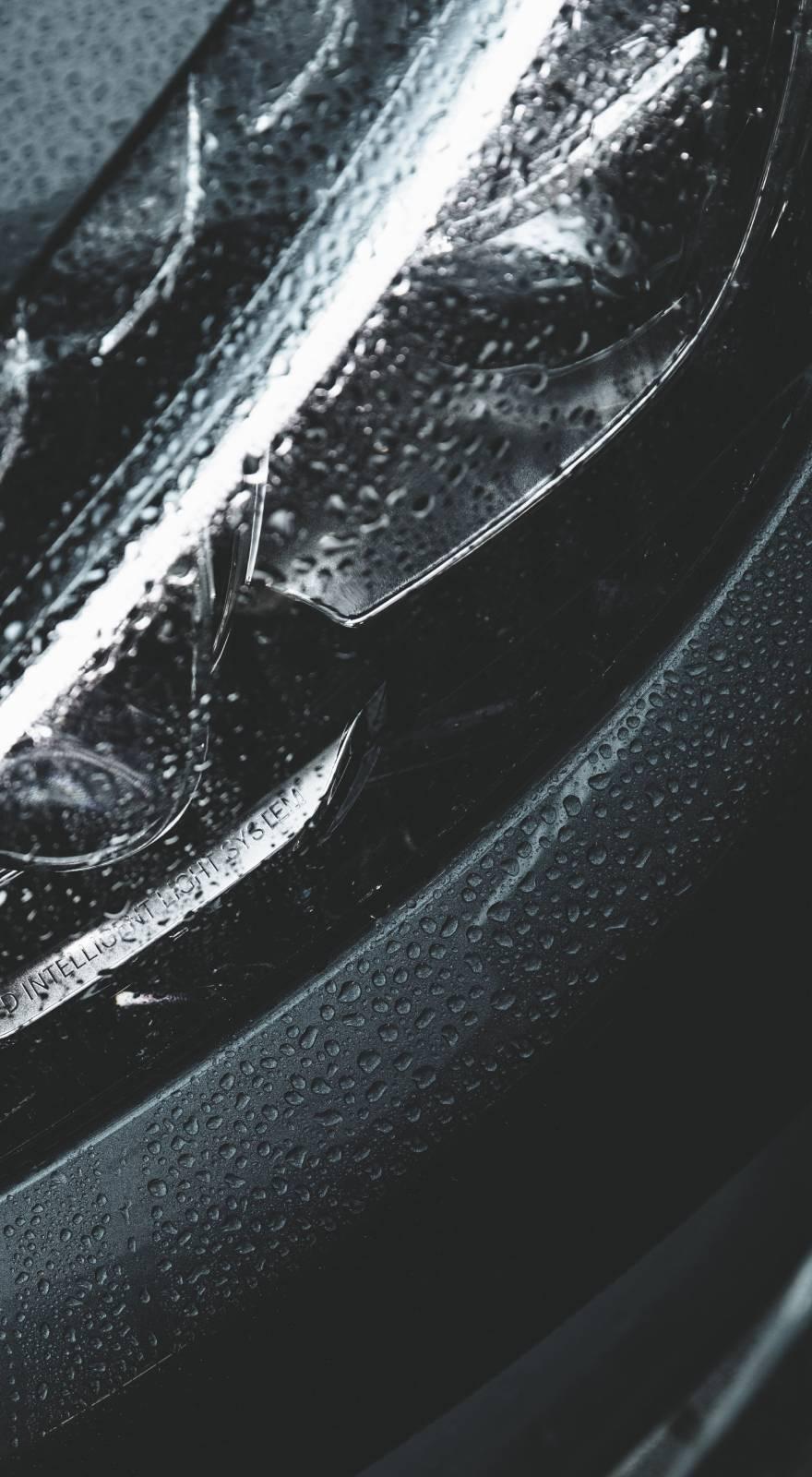Knowde Enhanced TDS
Identification & Functionality
- Chemical Family
- Foam Type
- Product Type
- Technologies
- Product Families
Features & Benefits
- Labeling Claims
Applications & Uses
- Markets
- Applications
- Product End Uses
- Application Temperature
- -40 to 90°C
- Form of Delivery
Block size with production skin 2,100 (84 2/3") x 1,200 (47 1/4") x 110 (4 1/3") mm, 2x skin. The material can be further processed by splitting, cutting, sawing, punching, gluing, milling, grinding, and coating with adhesives.
General dimensional tolerances for sheet and sheet products comply with DIN 7715 P3, dimensional tolerances for the block material may differ.
Properties
- Color
- Physical Form
- Typical Properties
- Fire behaviour
- Based on FMVSS 302
- Passed at 8.0 mm thickness
| Value | Units | Test Method / Conditions | |
| Cell Size | max. 0.3 | mm | ohne Norm |
| Density | 20 - 30 | kg/m³ | ISO 845 |
| Dimensional Stability (24 h, at 90°C) | max. 4 | % | Internal test |
| Outdoor Exposure | Slight embrittlement of the surface | — | ISO 877-1 |
| Ozone Resistance | Resistant to cracking (0) | — | ISO 1431-1 |
| Compression Set (22h at 23°C) | 25.0 | % | ISO 1856 |
| Compression Set (0.5h after Recovery) | max. 25 | % | ISO 1856 |
| Compression Set (24h after Recovery) | max. 15 | % | ISO 1856 |
| Compression Deflection (Zyklus/1 st Cycle, 25% Compression) | max. 60 | kPa | ISO 3386 |
| Compression Deflection (Zyklus/1 st Cycle, 50% Compression) | max. 120 | kPa | ISO 3386 |
| Compression Deflection (Zyklus/4th Cycle, 25% Compression) | max. 40 | kPa | ISO 3386 |
| Compression Deflection (Zyklus/4th Cycle, 50% Compression) | max. 110 | kPa | ISO 3386 |
| Water Uptake | max. 3 | % | ISO 7214 |
| Tensile Strength | min. 250 | kPa | ISO 1798 |
| Elongation at Break | min. 150 | % | ISO 1798 |
| Young's Modulus | min. 5 | kPa | Internal test |
| Tear Resistance | min. 12 | N/cm | ISO 8067 |
| Rebound Resilience | 50 - 60 | % | ISO 4662 |
| Shore Hardness | 35 - 45 | Shore 00 | ISO 868 |
| Electrical Conductivity | min. 1.2 | TΩ | EN 61340 |
| Thermal Conductivity | max. 0.033 | W/mK | ISO 8302 |
Regulatory & Compliance
- Certifications & Compliance
- Compliance
- Guideline 2011/65/EU & (EU) 2015/863
- Regulation (EG) Nr. 1907/2006
- Conflict Mineral Reporting Template (CMRT)
Technical Details & Test Data
- Examples for Chemical Resistances
Deployable (++)
Acids and bases in common concentrations, water, sea water, saline solution, alcohol, glycerine, glycol, acetone, carbonic acid, alum aqueous, detergent, detergent, photographic chemicals, silicone oil and grease, oils, greases.
Limited deployable (+)
Fuels, cellulose thinners, aromatic and chlorinated hydrocarbons (solvents) can cause reversible swelling.
Not recommended (-)
Chlorine and chlorine gas, concentrated nitric and sulphuric acid.
Safety & Health
- Suggestions for Disposal
- It does not contain hazardous compounds such as cadmium, lead, CFCs, formaldehyde, etc. which require compliance to waste disposal regulations from 27/04/2009.
- Under the observance of local waste disposal regulations, it may therefore be disposed of as houshold waste on landfills or domestic waste incineration plants.




